Dr. Schwartz’ Exercise Patents
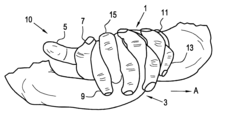 One newly “mined” source of information about Dr. Schwartz’ progress in thought regarding Strength Endurance, Panaerobics, Isotonometrics, and Long Strength, and Panaerobics comes from patents filed with the US Patent Office on a variety of topics
One newly “mined” source of information about Dr. Schwartz’ progress in thought regarding Strength Endurance, Panaerobics, Isotonometrics, and Long Strength, and Panaerobics comes from patents filed with the US Patent Office on a variety of topics
Of course, there are the original patents for his “HeavyHands” weights called the “Apparatus for exercising that is used with a hand“ or “Aerobic Hand Weights” in the patent filings, but in this blog, the patents of most interest are the ones related to Schwartz’ strength endurance methods, a strength endurance exercise device, and even the method of clasping his hands as he performed weight free four limb exercise!
The author continues to discover them and “decipher” them … if the reader knows of others, posting such links in the comments would be greatly appreciated!
“Fitness Method” (Hand Clasps)
This method came to be known as “isotonometrics” as far as this writer can tell. The image at the top of this page comes from this patent filing. It used hand clasps instead of weights to produce a similar effect for anyone who did not care to use weights for whatever reason. Once one sees Dr. Schwartz working out “in place” in this heavyhands video at DailyMotion, it is simple to imagine these or similar movements joined to the hand clasps described in the patent at the link.
Here is how Dr. Schwartz described his method in the patent itself:
A fitness method for an exerciser combines the benefits of isometric-like exercising with isotonic exercising for simultaneous training of the exerciser’s cardiovascular and skeletal musculature systems and strength and endurance buildup. The method entails coupling the exerciser’s hands together in any one of a number of configurations and generating an isometric-like force during the coupling stage. The coupled hands can then be moved in any number of directions or coupled differently while maintaining or varying the isometric-like force during the movement. In addition, further training can be achieved by moving one or more other body parts during the coupled hand movement. The legs, torso, shoulders, and/or neck can be moved in any number of directions or sequences to exercise different muscle groups in conjunction with the muscle groups being worked by the movement of the coupled hands.
Alternatively, author Marty Gallagher – friend and admirer of Dr. Schwartz – describes his adaptation of the “isotonometrics” principles adapted from Dr. Schwartz’ findings in his chapter on “Third Way Cardio” in his book “The Purposeful Primitive”.
“Strength Endurance Method” and
“Strength Endurance Exercise Apparatus”
These related patents describe first the “Method” and then the suggested “Apparatus” for developing “strength endurance” (aka “Long Strength”) through the use of four limb bodyweight exercise using the patented device Dr. Schwartz developed.
While thousands of handweights were in production after Dr. Schwartz’ book, Schwartz student John McKean said only three of the devices described in the patent were ever made. It was called the “Pan-X” machine. Once the patent’s images are seen, it’s obvious that Dr. Schwartz’ device would have had strong competition from today’s “Suspension Trainers” or “Power Tower” (i.e. dip and pull up station)
Here is how Dr. Schwartz’ patent filing represents what he was trying to accomplish:
In an alternative embodiment, the present invention is related to a method of exercising which uses both the arms and legs to perform sustained aerobic and strength conditioning movements…. In a preferred embodiment, the rhythmic bipedal movements includes jogging.The rhythmic bipedal movements can also include scissor kicking in a forward/backward direction or in a sideways direction. Alternatively, the rhythmic bipedal movements includes alternate leg lifting. Preferably, during alternate leg lifting, the user dips on his stationary leg. Leg lifting can include kicking in the forward direction or kicking in the backward direction. In a preferred embodiment, forward kicking includes the step of high knee kicking. Alternatively, alternate leg lifting can beperformed to the side. In another preferred embodiment, the rythmatic bipedal movements includes the step of leaning from side to side…..
Students of Dr. Schwartz will find good information in these patents to help understand his thinking in the development of exercise that did not rely on weights to achieve excellent aerobic and strength gains. While they are not as precise as a book might be, they do spark the imagination and allow the potential user to derive exercise movements from those explicitly listed, or discern underlying principles so that other exercise combinations might be created by the individual user as Dr. Schwartz anticipated.
Enjoy!
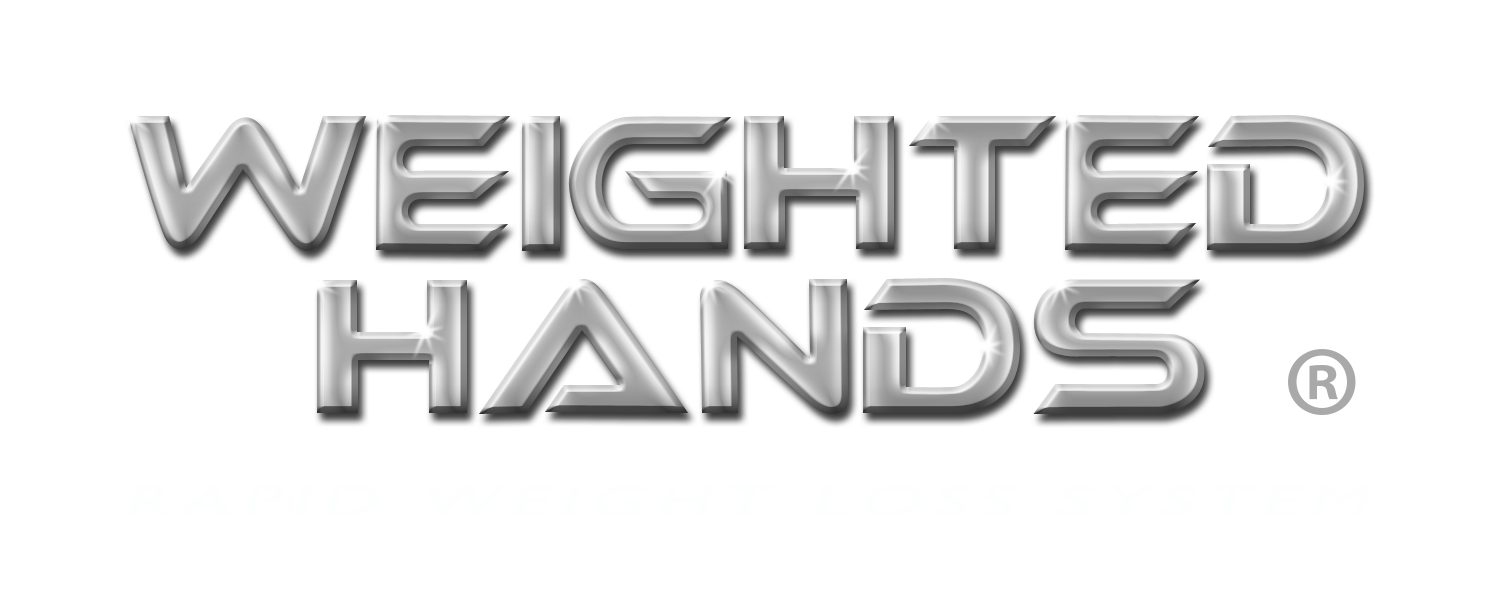



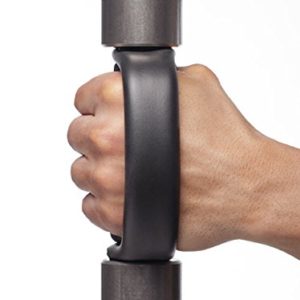
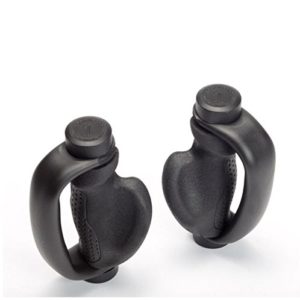
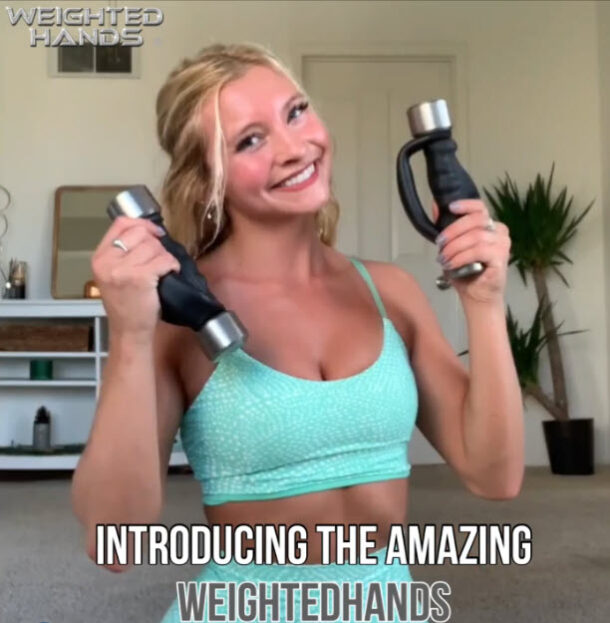
Recent Comments